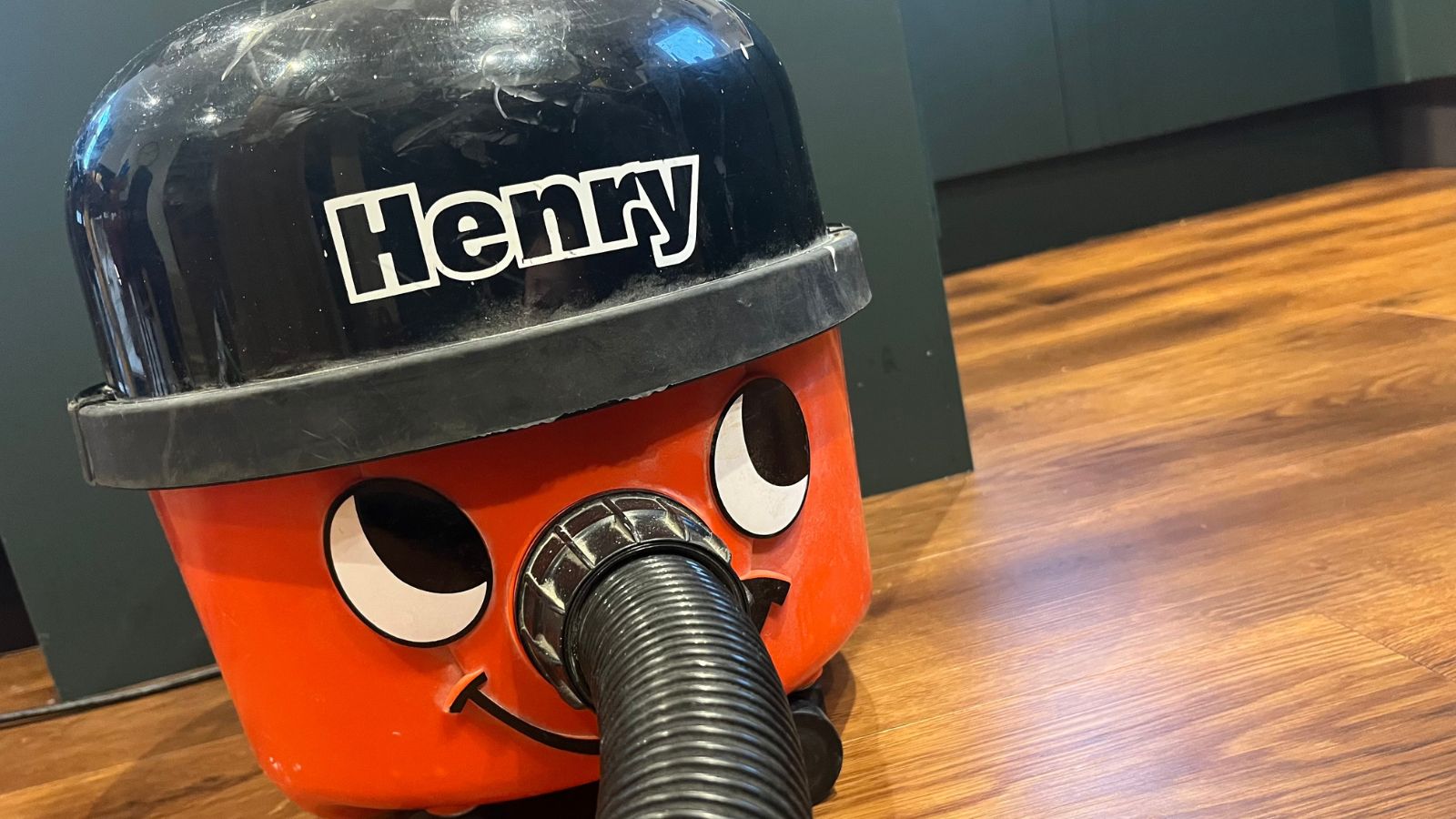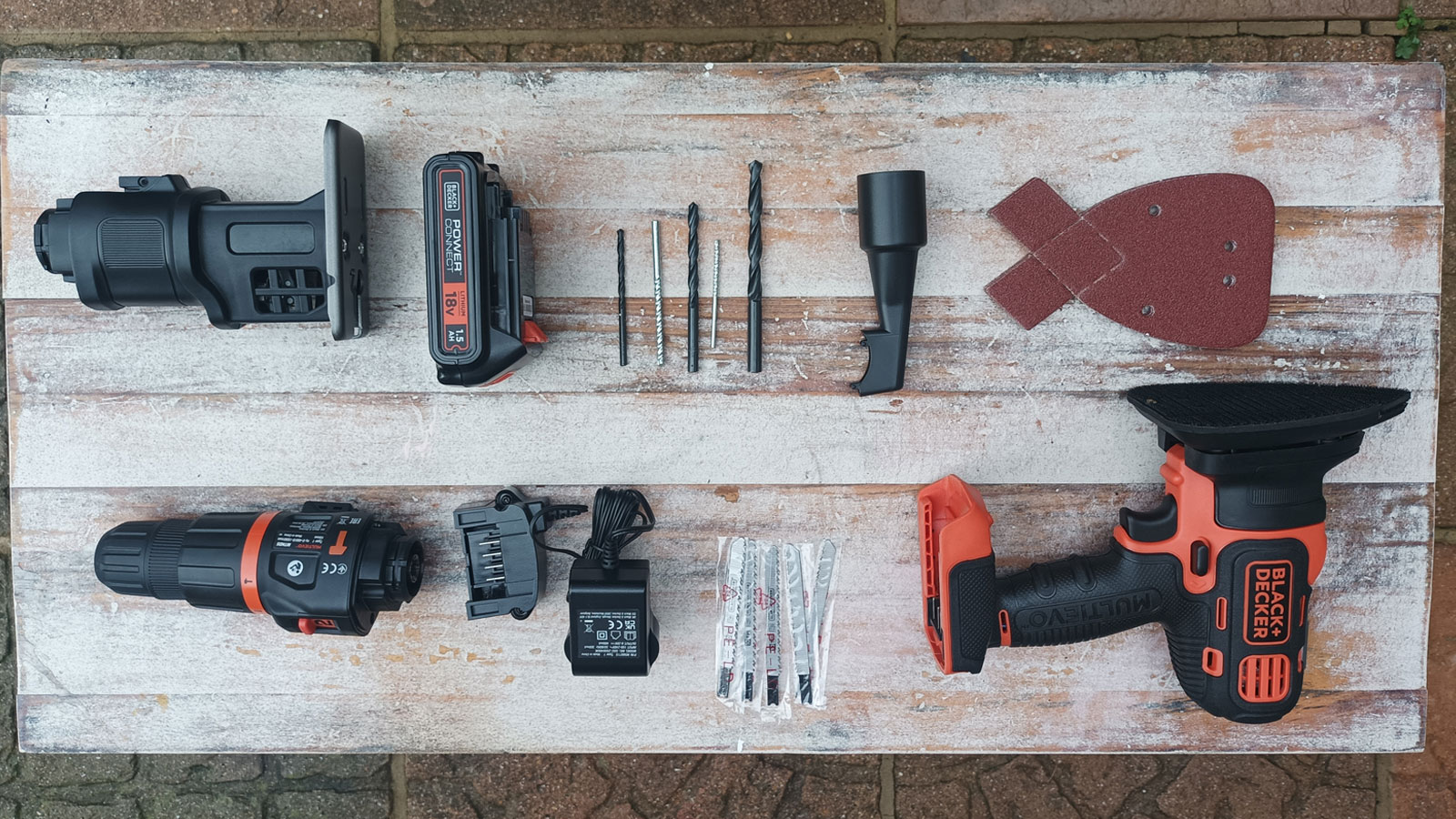Homebuilding Verdict
The Henry HVR160 is a popular choice for DIYers. It's easy to use, robust and reliable with the power to suck up all manners of debris. I've owned my Henry for five years, through two house renovations, and it's still going strong. The canister bags get stuffed full before they need replacing, but replacement bags are something that you'd need to budget and plan for.
Pros
- +
Easy to assemble
- +
Robust design
- +
On-board tool storage
- +
It'll try suck up anything
Cons
- -
Replacement bags are an ongoing cost
You can trust Homebuilding & Renovating.
In this Henry HVR160 review I share my experience of using it for more than five years, to tidy up after DIY successes (and disasters) and general use around the home.
It's a canister vacuum cleaner, which means that the main unit and cleaning head are connected by a long hose. This makes it perfect for getting into difficult spaces, and useful for getting replacement parts since they are all easily accessible. With powerful suction, dust-free emptying and a robust design, is there anything it can't do?
Over the years I have tested a lot of vacuum cleaners, and I haven't held back in stretching their capabilities – especially with this one. As a mum-of-two and someone who likes stripping wallpaper, knocking through walls and sanding skirting, let me tell you how it made the cut onto our list of the best vacuum cleaners for builders' dust. You can then weigh up if it's the one for you.
Unboxing and setting up the Henry HVR160
The Henry HVR160 arrives by courier, and it takes no second guesses as to what is inside the box. Clearly branded and labelled, the cardboard box is purpose made for shipping this Henry. The only plastic used was a bag that contained a Tapered Adapter, Crevice Tool, Dusting Tool and Brush and Mattress Tool, which will come in handy when cleaning the home – rather than clearing up after a DIY success or disaster.
There's a set of owner instructions that explains how everything fits together, but if you've seen a Henry before then familiarity trumps.
A bag is already in place to collect the dust from your DIY project or house renovation, so the only set-up required is to connect the three-piece tube set, attach it to the hose and then screw said hose onto the main unit. With no battery to charge and no fancy smart features, the Henry HVR160 is ready to use within minutes.
First impressions
When the Henry HVR160 is put together it looks like a useful piece of kit, with all the tools secured onto the on-board storage and the otherwise gangly floorhead secured by a clip at the back of the canister.
Bring your dream home to life with expert advice, how to guides and design inspiration. Sign up for our newsletter and get two free tickets to a Homebuilding & Renovating Show near you.
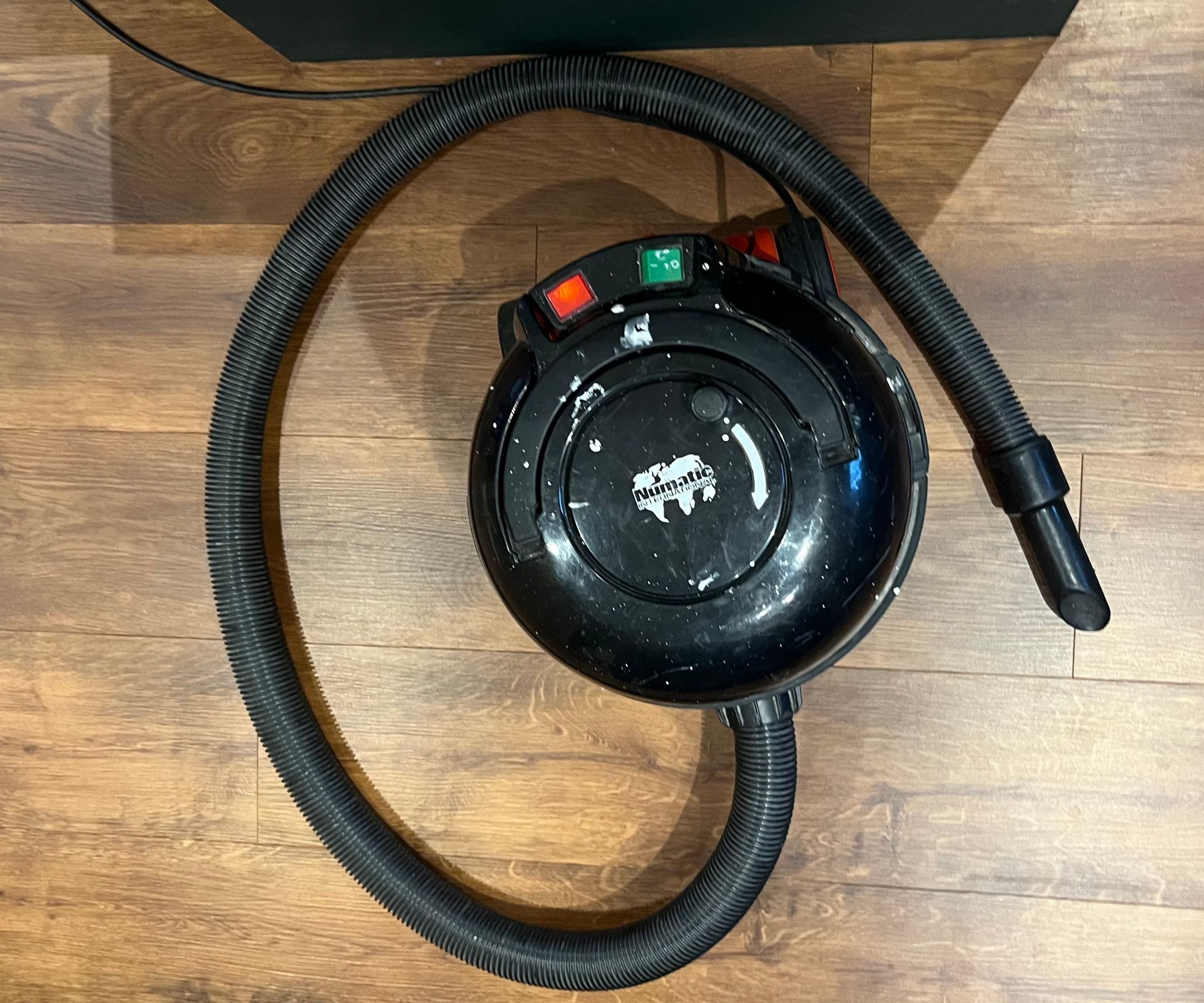
It's on a set of wheels so I can either push it by foot or pull it by a hand on the hose to move it around. There is also a retractable handle on the top that I used to carry it into different rooms or up the stairs, or hauled up a ladder to the attic.
I like that there is some discreet cable management underneath the handle, so that the 10m power cable can be wound away when I've finished a job. The generous 6L bag is also neatly contained in the canister so all the dust and debris will be out of sight and out of mind, that is until it's full and needs replacing.
Henry HVR160 specifications
- Power: 620w
- Capacity: 6L
- Cable length: 10m
- Hose length: 2.2m
- Cleaning range: 25.7m
- Weight: 7.5kg
- Dimensions: 320 x 340 x 345mm
- Additional tools: Crevice Tool, Dusting Tool, Brush & Mattress Tool
Using the Henry HVR160 for DIY
The Henry HVR160 has helped us out in two home renovations and continues to be a reliable companion through all our DIY successes, and failures. What we love about it is that no mess is too big or too small – it will literally suck up everything (provided it is not a liquid). Dust, stones, chipped bricks, plasterboard, insulation and wood shavings are just some examples of how much it has tidied up for us.
It's currently sat in our attic. We (my husband) are in the throes of insulating the loft and boarding out the space, to prevent heat loss from the bedrooms below and maximise the area for loft storage. A lot of dust comes with chipboard and rock wool insulation, as well as flyaways as the main bulk of the insulation is laid.
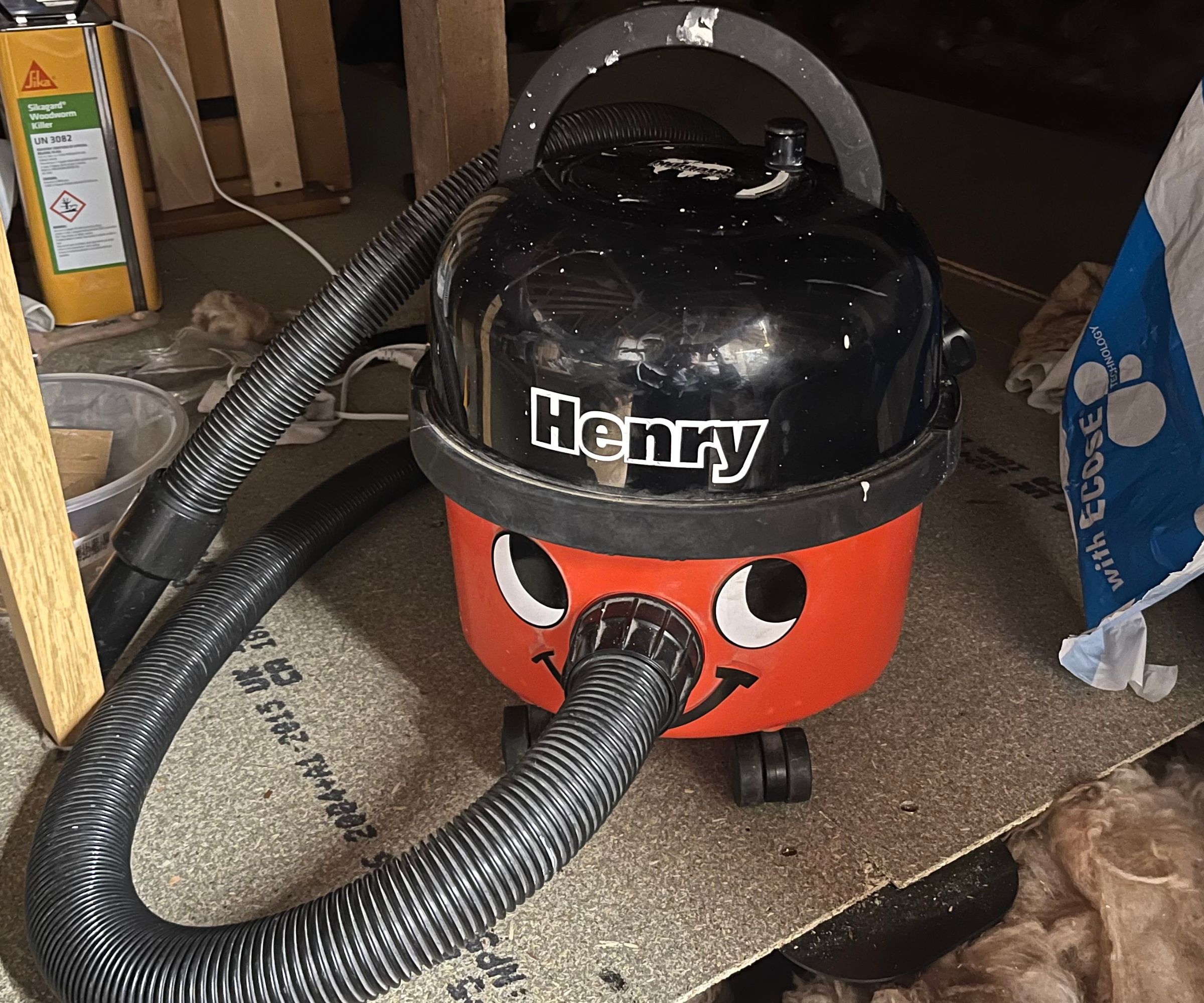
We've removed the floorhead and three-piece stainless tube set so we're more agile in the somewhat cramped space. This means that we're only using the hose with tapered adapter to suck up the mess, and the Henry takes it in its stride. The hose doesn't get blocked and the canister bag is filling up nicely.
The wheels on the canister make it easy to pull into a tight spot. I just need to remind my husband to unplug and rewind the 6m power cable so that the attic isn't anymore treacherous than it already is.
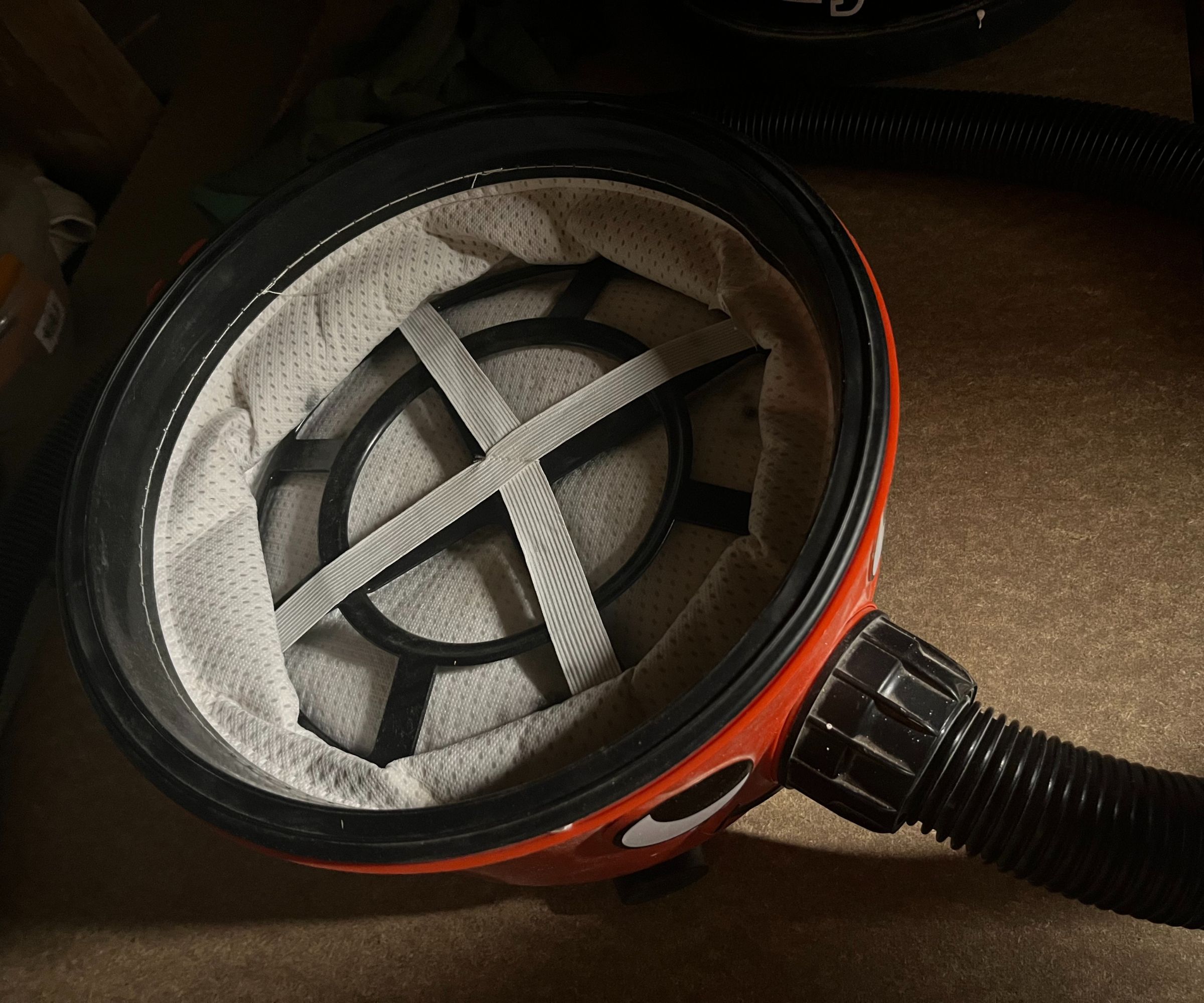
Switching to home use
As well as tidying after a DIY project, the Henry HVR160 can also be used to clean the carpet, floors, skirting, crevices and upholstery around the home.
The Combi Floor Tool attaches to the three-piece stainless steel tube set. On the top of this tool is a paddle which can be pressed down for hard floors, and up for carpets. I found that it did a great job of cleaning both floor types, but the fluff from our new wool carpets did quickly build on the underside of the tool so I need to stop and start a few times to keep clearing it. This floor tool transitioned well between rooms too.
For cleaning skirting boards you can either use the Crevice Tool or Brush, but I found it easier to remove the tube set from the hose and just run the Tapered Adapter along the top. I personally found these tools more useful when cleaning the car.
Through a house move and general lack of organisation, I have unfortunately misplaced the tools but it's good to see that a replacement kit comprising the tools, hose and stainless-steel tube set can be bought from Amazon for £44.99.
If you think that you'll be scaling back on the DIY ambitions and using the Henry HVR160 more around the home, it would be worth considering the noise levels. I recorded 82dB during testing which is equivalent to heavy traffic or loud singing.
Cleaning, maintenance and storage
The Henry HVR160 is one of the easiest vacuum cleaners I have had to maintain in all my years of owning a vacuum cleaner. You'll just need to check the nozzle and floorhead for blockages, and replace the canister bags when full. A pack of 10 Henry replacement bags are £12 [Amazon] so while you do have an ongoing cost, what I will say is that this Henry will stuff the bag full before it needs swapping out.

To store, the cable can be wound in and the tools can be stowed on the on-board storage. The floorhead with three-piece stainless-steel tube can also be clipped onto the back of the canister in an upright position, but I found that this clip is a weak spot and the height of the floorhead clipped on could make it difficult to fit into a space out of the way.
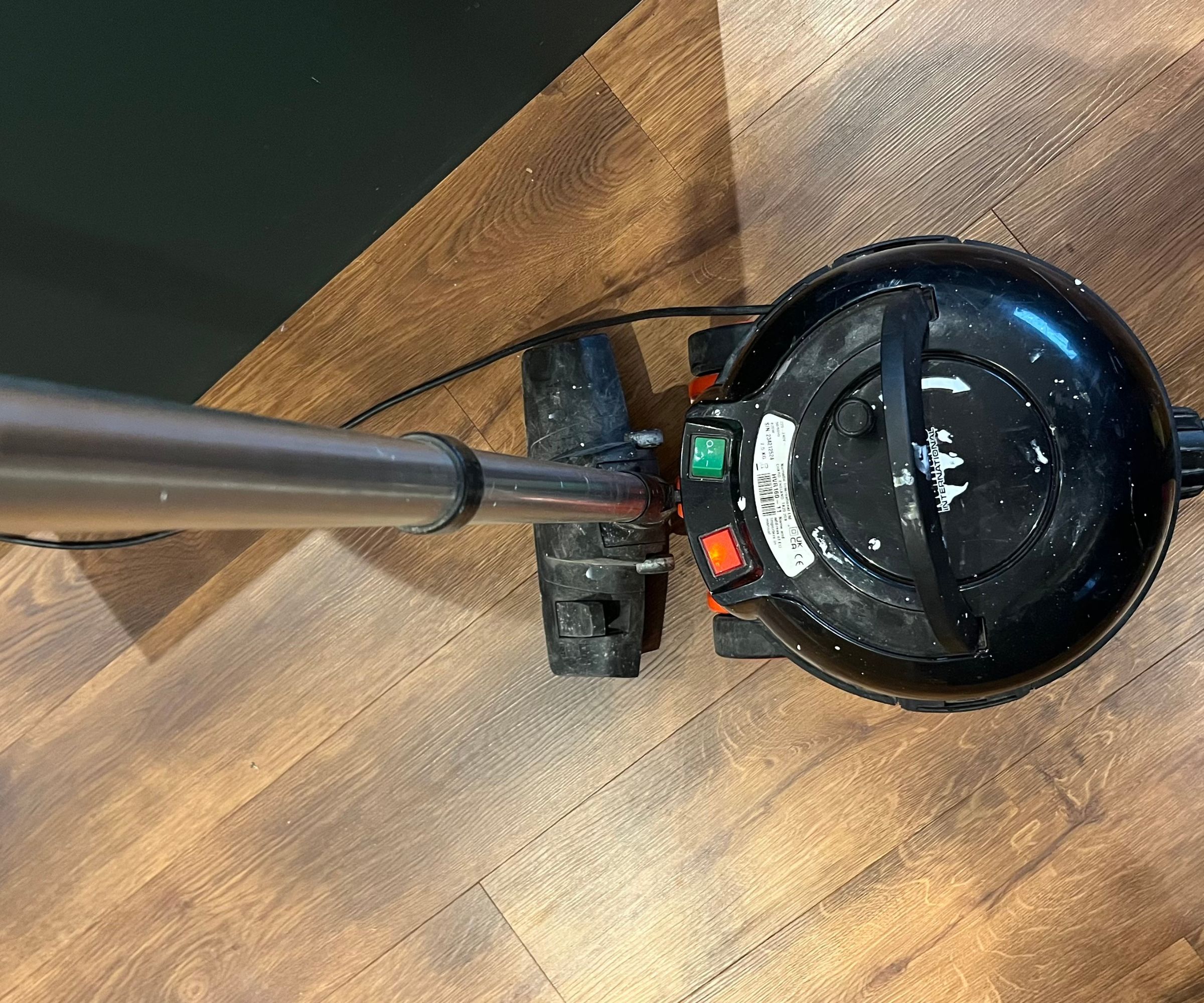
How does it rate online?
Looking at TrustPilot reviews, the Henry HVR160 (and his friends) has 1767 reviews and has been awarded 4.8 out of 5 stars. Reviewers speak highly about how easy it is to fit together, the powerful suction and the useful attachments. It's not easy to find any negative comments but I have managed to find one who says that they find it a bit cumbersome to move around and the suction adjuster on the handle is difficult to turn on.
Over on Argos, 98% of customers recommend the HVR160. It's received high praise for its powerful suction, ease of use and excellent value for money. Users appreciate its performance on both carpets and hard floors, along with its long cord and generous dust bag capacity. However, some users report that they struggle to move the floorhead around and that the hose gets blocked.
And on Currys, 4 out of 5 stars has been awarded out of 10,747 reviews. The performance, ease of use and value for money is all spoken highly off. Yet some users struggle with pet hair removal (there's a separate tool for this) and that it keeps falling apart.
How does it compare?
While the Henry HVR160 is fantastic for dry messes, you may need to call in Charles CVC370 for the big stuff. This is a wet/dry vacuum cleaner which is ready to clean up plumbing disasters or clean out the garage. It has a larger 1000W motor and a larger 9L capacity for dry stuff, and 15L capacity for wet stuff.
Another option is the Karcher WD4 Wet & Dry vacuum cleaner (available on Amazon) which has a 2.2m long hose as standard. This is longer than Charles' 1.8m hose. The extra length would be beneficial when clearing blockages, although an extra long 6m long hose can be bought for Charles for £16.99 on Amazon if you already own one.
The 10m power cable on the HVR160 may be too restricting for other fellow DIYers too. The Makita DVC750LZ (available on Amazon) is a lightweight, portable cordless vacuum cleaner. Like Charles, it can also clean wet and dry messes but on a smaller scale because it has half the capacity.
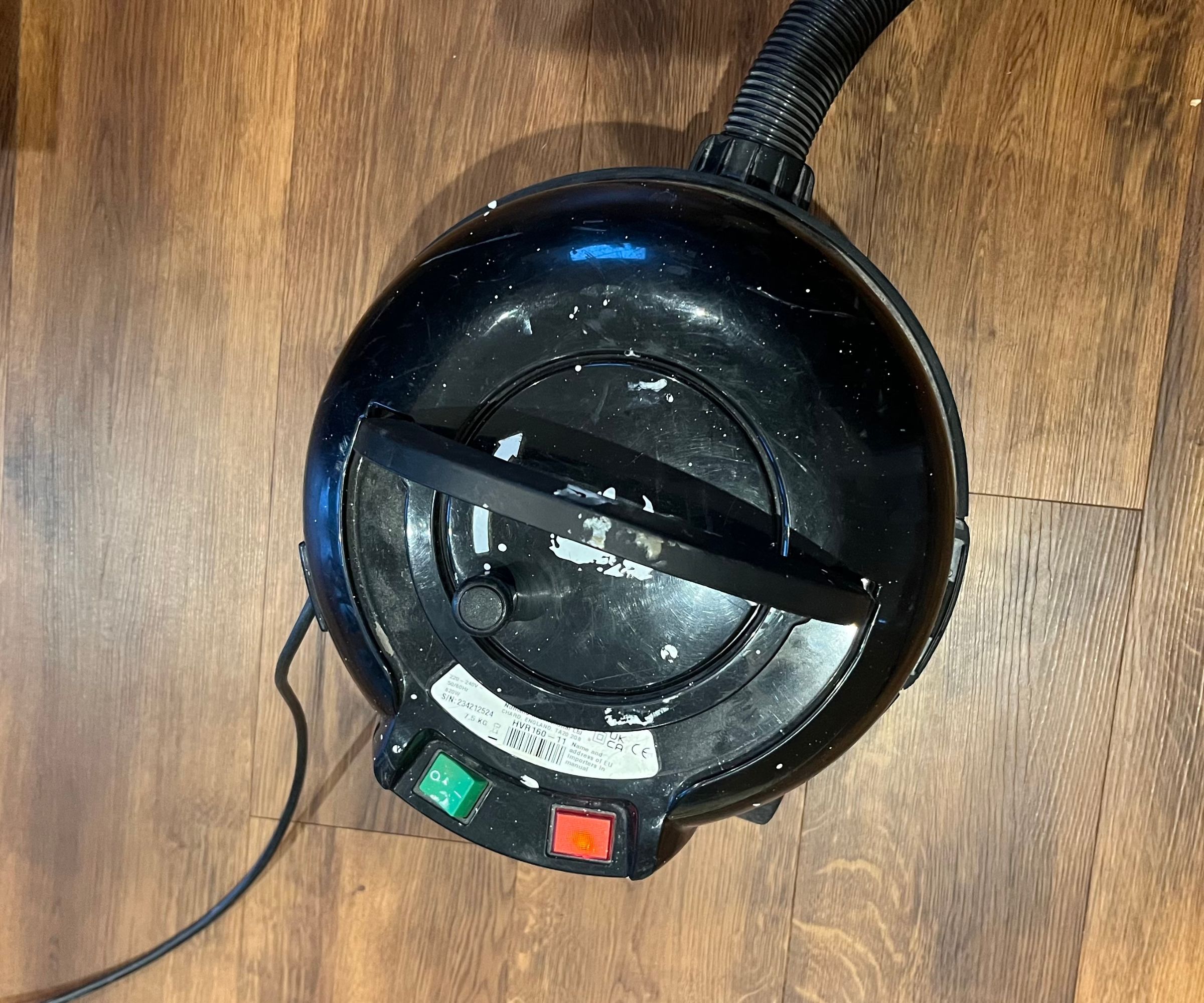
In terms of price, the Henry HVR160 offers excellent value for money. It's priced at £119 which is cheaper than Charles CVC370 (RRP £169), Karcher WD4 (RRP £139.98) and Makita DVC750 (RRP £159.99). Whist it's not a wet and dry vacuum cleaner, it can be used anywhere in the home which may be the better option for you if you tend to dip in and out of projects.
Should you buy the Henry HVR160?
The Henry HVR160 is a brilliant buy if you need a vacuum cleaner that is robust, reliable and low maintenance. It has ample suction to clear away dust, wood shavings, small pieces of rubble, plasterboard scraps and insulation flyaways. Yes, the bags are an ongoing cost but you'll rarely need to replace them and, honestly, it's well worth containing the dry DIY messes in this way so you don't make the mess again when emptying.
It is noisy compared to other household vacuum cleaners, but the performance outweighs this in my mind. I did also find that when storing the floorhead and hose in an upright position it felt flimsy, although after years of use it will find its own safe space in whatever configuration – as it has done at our house.
Looking to clear up the mess from other DIY and renovation projects? Our favourite window vacs will clear dust and dirt from windows and doors in no time, while the best pressure washers are perfect for messy outdoor jobs.

Jennifer is a freelance writer with over a decade of experience working in ecommerce, and is the former editor of Top Ten Reviews. You may have also seen and/or read some of her articles on TechRadar, Homes&Gardens and Real Homes.
She enjoys testing new gadgets and tools and, having bought a renovation project a few years ago, hasn’t been afraid to get stuck into DIY projects. She has stripped wallpaper, pulled down ceilings, pulled up flooring, filled & sanded skirting and painted the walls and ceilings throughout the home.
